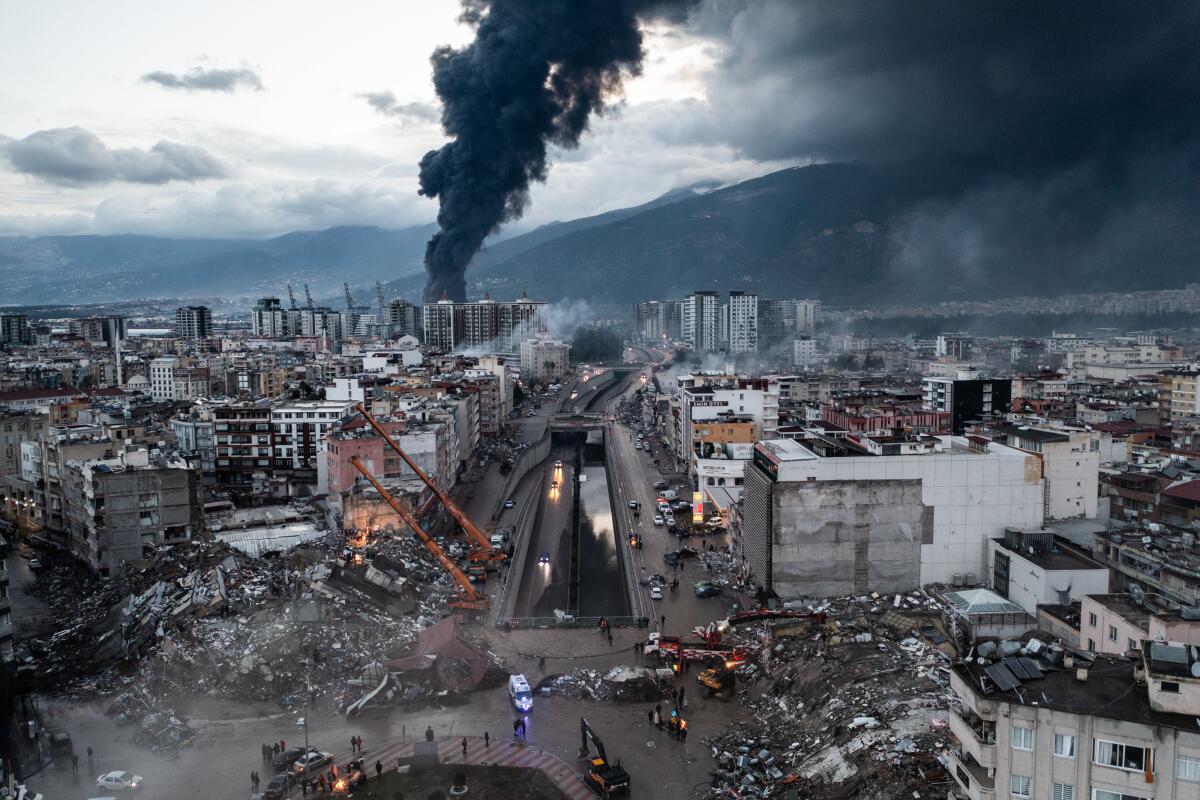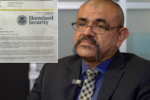On the morning of Monday, February 10, 2025, Southern California was rattled by a series of earthquakes, underscoring the region’s seismic vulnerability and the critical importance of preparedness.
Sequence of Events
The initial tremor, a magnitude 3.5 earthquake, struck near San Bernardino just before 9:45 a.m. local time, at a depth of approximately 4.6 miles. This was swiftly followed, three minutes later, by a magnitude 3.0 quake near the same epicenter, with a depth of about 4.53 miles. Residents in San Bernardino, Riverside, Victorville, and Hesperia reported feeling light shaking. Fortunately, there were no immediate reports of injuries or significant structural damage, as reported by Fox Weather.
Later that evening, at 9:58 p.m., a third earthquake with a magnitude of 3.6 struck the Inland Empire region, further emphasizing the area’s seismic activity, according to KTLA News.
Understanding Southern California’s Seismic Activity
Southern California sits atop multiple active fault lines, most notably the San Andreas Fault, making the region susceptible to frequent seismic events. These earthquakes, though not highly destructive, serve as a stark reminder of the ever-present risk of larger quakes.
The Importance of Earthquake Preparedness
Given the unpredictable nature of earthquakes, preparedness is paramount. The California Governor’s Office of Emergency Services urges residents to have a comprehensive earthquake preparedness plan in place, which includes:
- Staying Indoors During Shaking: If you are indoors, move away from windows and exterior walls and take cover under a sturdy piece of furniture. Avoid elevators and be aware that fire alarms and sprinklers may activate. More tips are available at Los Angeles County’s Ready Program.
- Assembling an Emergency Kit: A kit should include essentials such as a flashlight with extra batteries, a first aid kit, non-perishable food, and water for several days. The California Academy of Sciences provides a detailed guide on how to build a survival kit.
- Developing a Communication Plan: Families should establish a communication strategy in case of an emergency. Guidelines for this can be found on the Earthquake Authority’s Personal Preparedness page.
- Securing Your Living Space: Unsecured furniture and heavy objects can be hazardous during an earthquake. The ShakeOut website provides a list of steps to earthquake-proof your home.
- Financial Preparedness: Earthquake insurance can help mitigate financial losses. Information on securing a home against earthquake damage is available at the California Earthquake Authority.
What to Do During an Earthquake
Experts emphasize the Drop, Cover, and Hold On method during an earthquake. This involves dropping to your hands and knees to prevent being knocked over, covering your head and neck to protect against falling debris, and holding on to a sturdy shelter until the shaking stops. The Guardian explains why outdated practices like standing in doorways are no longer recommended.
Using Technology for Early Warnings
California has implemented an Earthquake Early Warning System, which provides residents with crucial seconds to take protective action before shaking begins. The system, using a network of seismic sensors, sends alerts via mobile devices. More information is available at the California Earthquake Early Warning website.
Community Engagement and Drills
Participating in community-wide earthquake drills, such as the annual Great California ShakeOut, helps residents practice safety protocols and test emergency plans. Resources for participating in these drills can be found on the ShakeOut website.
Conclusion
The recent earthquakes in Southern California serve as an urgent reminder of the region’s seismic activity and the necessity of preparedness. By staying informed, developing emergency plans, and taking proactive steps to secure their homes, residents can significantly reduce earthquake risks. Preparedness not only ensures individual safety but also strengthens the community’s resilience against future disasters.








